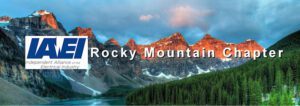2023 NEC Section 310.12 and Sub-Panels
I was recently asked the question:
“Can 2023 NEC Section 310.12 and the corresponding table be used for sub-panels in a dwelling?”
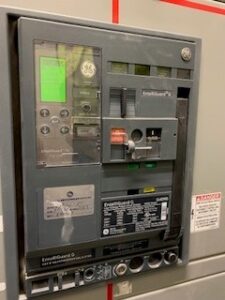 This question prompted the following blog, highlighting the most common violation in my experience, associated with Section 310.12. The remainder of this blog is my answer to the question, hope you enjoy.
This question prompted the following blog, highlighting the most common violation in my experience, associated with Section 310.12. The remainder of this blog is my answer to the question, hope you enjoy.
Can Section 310.12 be used? Hmmm, I would say maybe, this section has some conditions, the one most often violated being the feeder or service conductors supplying the dwelling, supply all loads associated with the dwelling. Section 310.12 permits feeder and service conductors to be sized in accordance with sub-divisions (A) through (D), in short (A) and (B) require the conductors supply “the entire load associated with a one-family dwelling, or the entire load associated with an individual dwelling unit in a two-family or multifamily dwelling”.
Example of a common misapplication would be a sub-panel supplying only the loads associated with a garage. First off, a garage is not a dwelling, secondly, if the sub-panel only supplies some, but not all loads associated with the dwelling, 310.12 cannot be applied.
It is important to remember 310.12 does not give exception to conductors having an ampacity at least equal to, or greater than the calculated load. Lastly, it needs to be mentioned 2023 NEC Section 240.4(B) may permit conductors to be protected by an OCPD of the same ampere rating as that of Table 310.12.
For example, where a 4/0 AWG aluminum feeder supplies a basement sub-panel, if the sub-panel does not supply all the loads associated with the dwelling, 310.12 is not applicable, however, the ampacity of a 4/0 does not correspond with the ampere ratings of a standard OCPD, and 240.4(B) permits the next higher standard size to be used. In this example it is Section 240.4(B) that permits a 200-ampere OCPD to protect the 4/0 aluminum conductors and not Section 310.12.
Author
Chris Papp
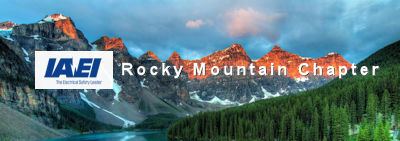
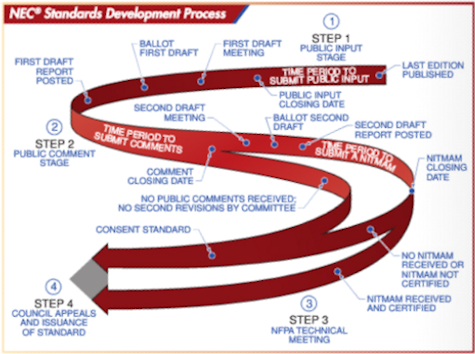
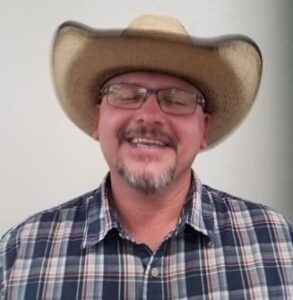 Did you know that, although the NEC requires products and materials be listed or field evaluated, not all code articles contain a specific statement requiring listings? In general, most sections you will find an XXX.6 that requires listings or field evaluations. In 2017, the NEC underwent some more changes to how every article is structured and there was also a push to have an XXX.6 placed in all articles. There was some pushback in certain articles keeping that requirement out. NEC 110.3 (B) and (C) deal generally with who is allowed to ‘List’ or ‘Certify’ a product and how these are to be installed and used. There is an informational note under 110.3(C) that directs attention to OSHA which is the organization that recognizes qualified testing laboratories. The current list of nationally recognized testing laboratories (NRTL’s) is found on the OSHA website at
Did you know that, although the NEC requires products and materials be listed or field evaluated, not all code articles contain a specific statement requiring listings? In general, most sections you will find an XXX.6 that requires listings or field evaluations. In 2017, the NEC underwent some more changes to how every article is structured and there was also a push to have an XXX.6 placed in all articles. There was some pushback in certain articles keeping that requirement out. NEC 110.3 (B) and (C) deal generally with who is allowed to ‘List’ or ‘Certify’ a product and how these are to be installed and used. There is an informational note under 110.3(C) that directs attention to OSHA which is the organization that recognizes qualified testing laboratories. The current list of nationally recognized testing laboratories (NRTL’s) is found on the OSHA website at 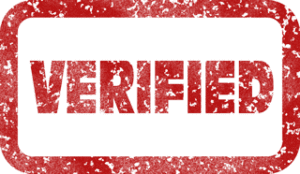 equipment installed are listed by an NRTL. If it is found that an item is not listed, it can be field evaluated. There are many field evaluation bodies (FEB’s) that can perform a field evaluation. You can find a list of these at
equipment installed are listed by an NRTL. If it is found that an item is not listed, it can be field evaluated. There are many field evaluation bodies (FEB’s) that can perform a field evaluation. You can find a list of these at 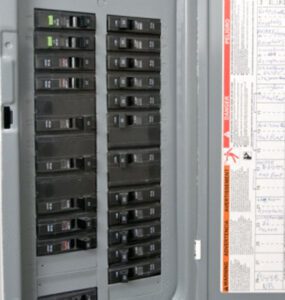 All occupants need to have ready access to all overcurrent devices that supply power to conductors in that occupancy unless permitted by 240.24(B)(1) and (B)(2). Where service and maintenance for electrical are provided continuously by the building management, the service and/or feeder overcurrent devices supplying more than one occupancy are permitted to be accessible only to authorized personnel. An example would be in multiple-occupancy buildings and guest rooms or guest suites. Where service and maintenance for electrical are provided continuously under building management supervision, the branch circuit overcurrent devices for guest rooms or suites WITHOUT permanent provisions for cooking shall be permitted to be accessible only to authorized personnel.
All occupants need to have ready access to all overcurrent devices that supply power to conductors in that occupancy unless permitted by 240.24(B)(1) and (B)(2). Where service and maintenance for electrical are provided continuously by the building management, the service and/or feeder overcurrent devices supplying more than one occupancy are permitted to be accessible only to authorized personnel. An example would be in multiple-occupancy buildings and guest rooms or guest suites. Where service and maintenance for electrical are provided continuously under building management supervision, the branch circuit overcurrent devices for guest rooms or suites WITHOUT permanent provisions for cooking shall be permitted to be accessible only to authorized personnel.